Purchased for $1.5 million back in November of 2013, the 1,253-square-foot Dwell-ing at 330 Banks Street returned to the market listed for $1.545 million last month and has just closed escrow for $1.7 million.
The sale at $1,357 per square foot represents total appreciation of 13.3 percent for the designer Bernal Heights home over the past three and a quarter years, or roughly 4.0 percent per year on a straight-line basis.
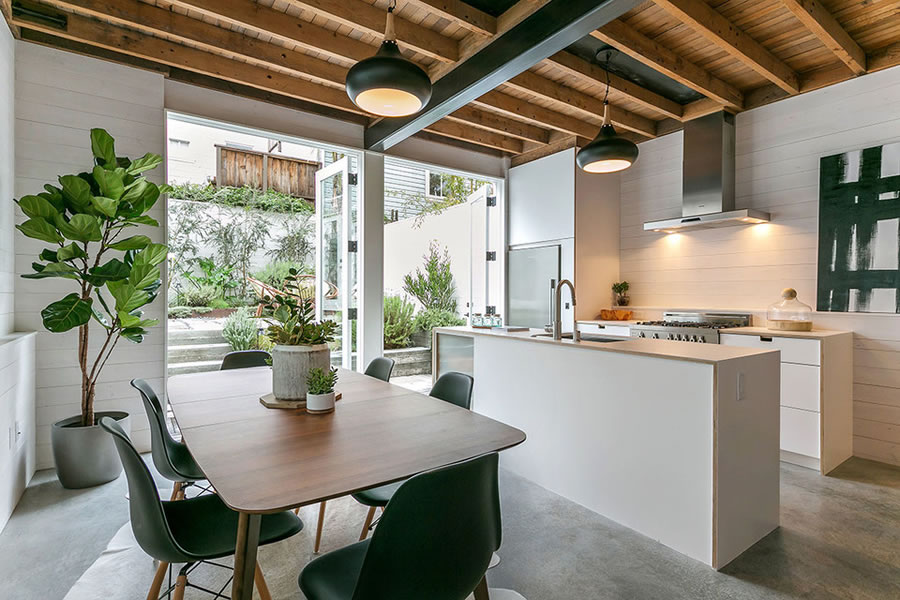
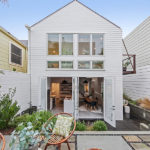
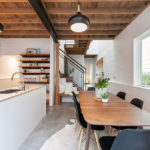
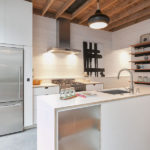
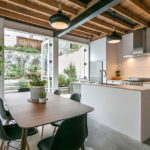
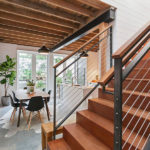
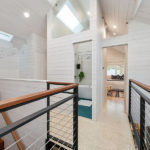

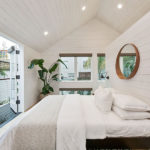
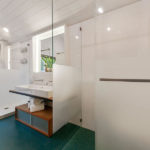
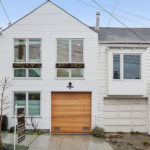
That’s impossible. Market is positively swamped with new condo construction. Rents down to 2014 levels! Record number of houses on the market (475!) Must have been underpriced. Or maybe it would have gone for 2.1 last year?
In a related demonstration of analytic excellence, Twitter’s stock price is approaching an all-time low, which is obviously impossible (#FakeNews?) as the market is at an all-time high.
Twitter’s stock price is positively unrelated to the sale of this house.
Twitter has been able to grow their revenue at an impressive pace but still maintaining large losses and ballooning debt. Their stock price will continue to slide the less they can convince potential stock investors that they have the will and ability to do what it takes to make the company profitable.
The sale of the above home at $1,357 per sq ft could be an indication that the market is not weakening as substantial as some might think, which seems to be BEO’s point. Or perhaps it only applies to detached single family homes. Or perhaps it is an oddity; but sales prices are still the best indication of where the market is at IMO
We’ll agree, the market for modern single-family Dwell-ings in Bernal Heights is relatively strong. And as we’ve noted numerous times, design matters. But at 4 percent a year, which includes a year and half prior to 2015’s peak, we’d be willing to bet it’s not nearly as strong as some might think, have been told or imply.
Regardless, the market trends for San Francisco – in terms of sales, inventory, rents and pricing – all hold and are in play.
Looks incredibly well sold.
It is the power of good design and space utilization.
Clearly you are right, although I don’t really get it. This is a pretty cheap build–look at the kitchen! And the spaces don’t seem very comfortable to me–again, look at the kitchen and try to imagine where all of the pots and pans, appliances etc are supposed to go.
So certainly the seller managed to appeal with a certain design aesthetic, but they also managed to do so without spending real money on nice finishes. Amazing.
I expect homes in the $1.5 – $2.5mm range to get a little boost from the “I could buy a house with parking and land, or a really nice box in the sky with monthly maintenance costs” crowd as many will choose to buy a SFH over a condo.
One of the benefits of living in SF is that you can make the tradeoff between home ownership and condo ownership with limited tradeoffs. Not even an option in NYC unless you move to LI or NJ. To that end, I still think there is a lot of value in SFHs in SF in general.
And, there is huge scarcity value in SFHs. They are not making any more of those in SF. What we have, is what we will have.
Supposedly scarce and desirable, but this home is far from alone in bouncing back onto the market after a few short years.
Many of these lower end SFR’s can be given a makeover to make them look nice, but present livability issues that wear on you over time.
Demand for some of these places will rise and fall with the 20-something demographic bubble. Homes that seem hip and cool, but aren’t really suited for raising kids and putting down roots.
Does this house lack a living room?
It’s a new trend pushed by Dwell. More focus on sleeping and eating.
I love a discussion like this when multiple, very different points of view can come together and potentially all have relevance to what might actually be happening.
In recent years, I’ve begun to believe there are three types of money that are used to purchase residential real estate in the Bay Area.
The “San Francisco Real Estate Trifecta” … and I think it might have had a role to play in this transaction.
1) analytic dollars — the dollars that one can justify spending based on comps
2) emotional dollars — the dollars one is willing to pay above / beyond what the analytics might justify because their is an emotional connection to the home (I think its safe to say this home creates an emotional connection for those drawn to something that”s been thoughtfully designed)
and finally
3) irrational dollars — the dollars that the run up in Twitter stock produces for those those few people who are fortunate enough to benefit from them, that enables them to potentially overpay not fully realizing the value of the unexpected windfall of good fortune.
Excellent breakdown davidc_sf.
I think most of us on socketsite are trying to estimate the ‘analytic’ price for sf houses. This approach imagines the buyers to be young families which stretch to afford a 3 bedroom SFH with a garden.
At the same time, you have plenty of childless couples that work and earn a lot that can spend ’emotional dollars’ on their dream home. Bernal is particularly popular with that crowd, as you can see plenty of 2 bd houses with no expansion potential being sold for +$1.5M
Agree about the kitchen. Anyone who cooks will find it severely lacking. This is in part a problem with open-concept – you have less walls and, thus, less storage space. The placement of the sink in the island would be a major eye-soar in my house. Large pots and pans, knives, wooden cutting boards and all the items that don’t get hidden out of view in the dishwasher end up in the drying rack next to the sink. Imagine a dinner party in this house. Nice table, all looks great, except the ominous pile of cookware staring at you from the center island. I’m glad I bought my condo when kitchens still existed.
You’re right the kitchen has no pantry or much storage for anything! Clearly it’s photogenic for a magazine but not functional when you try and live there.
UPDATE: If You Think You Know Bernal, Now’s the Time to Tell